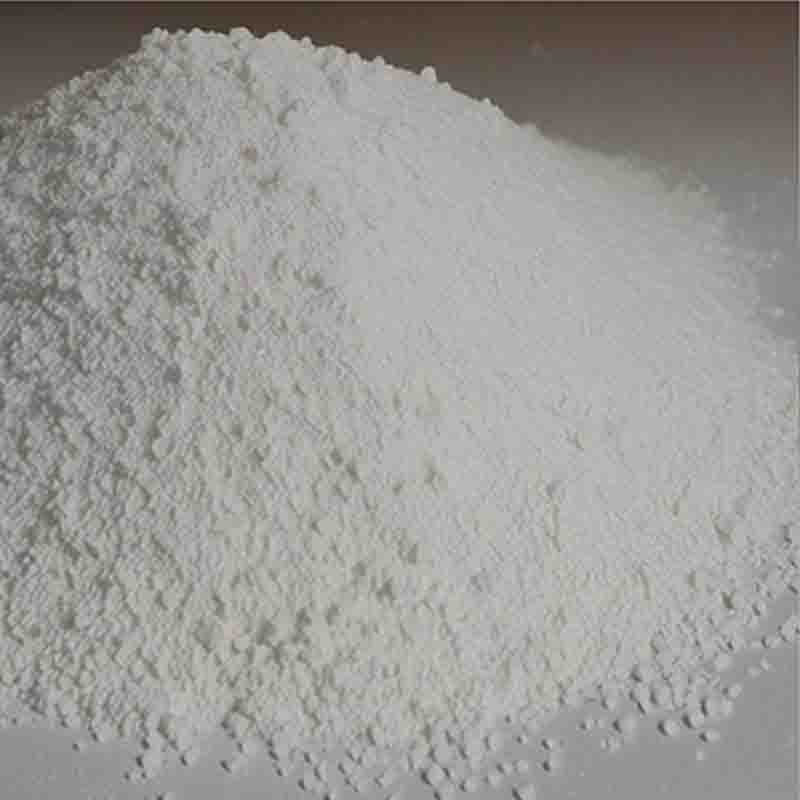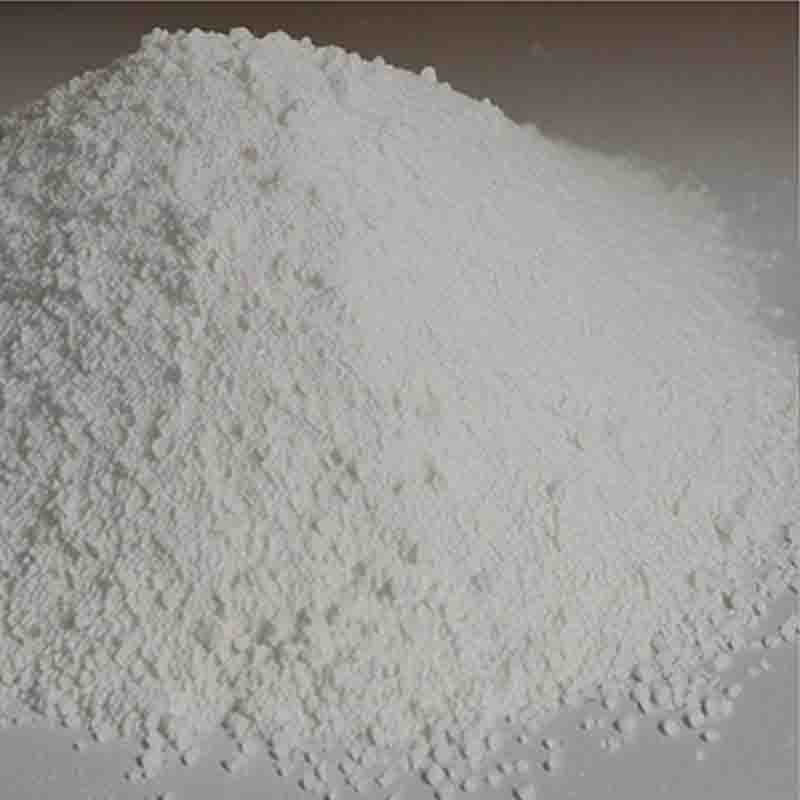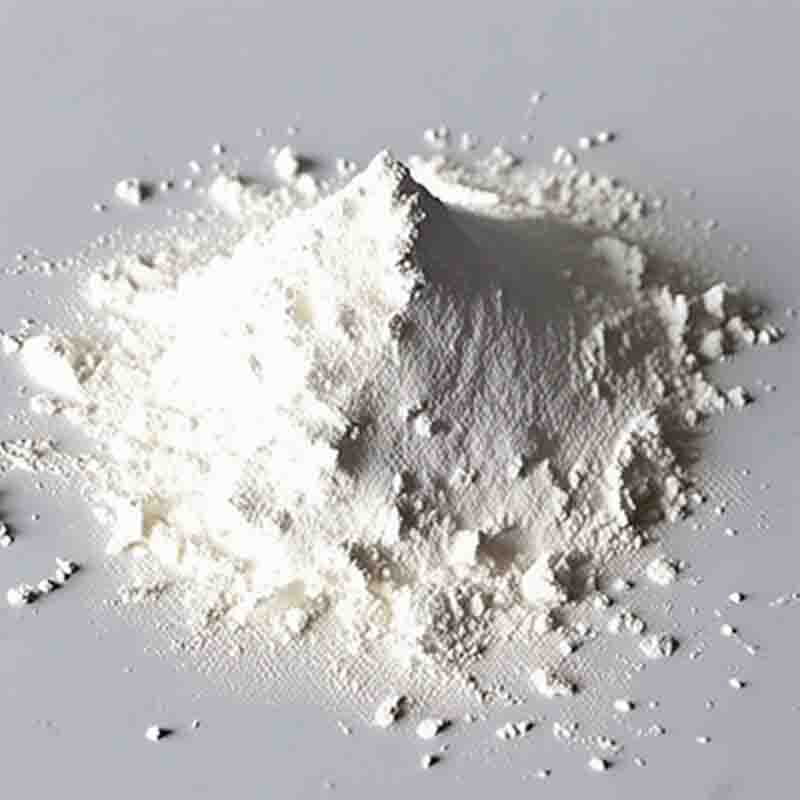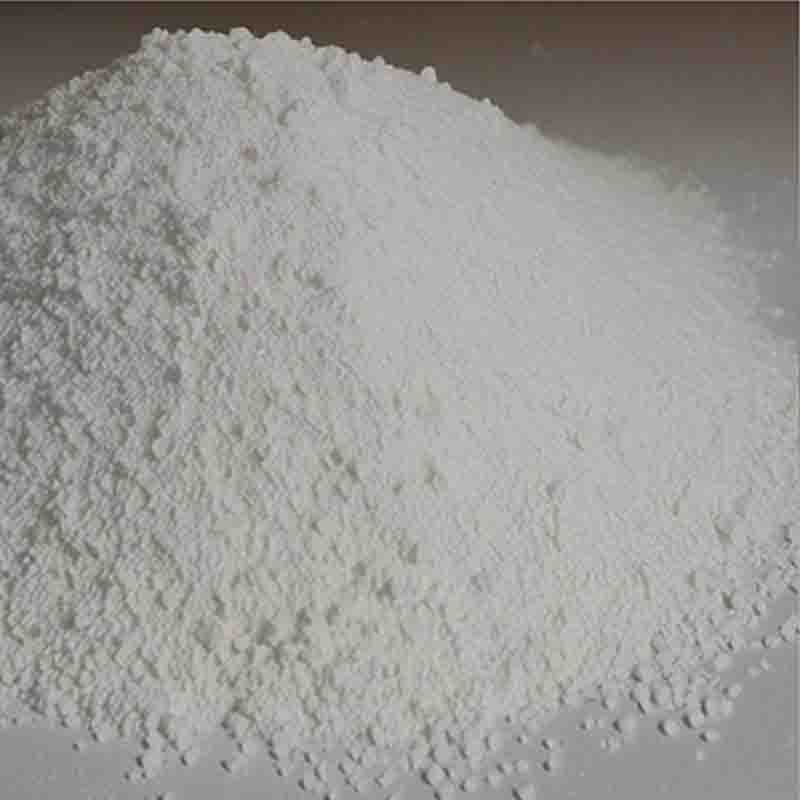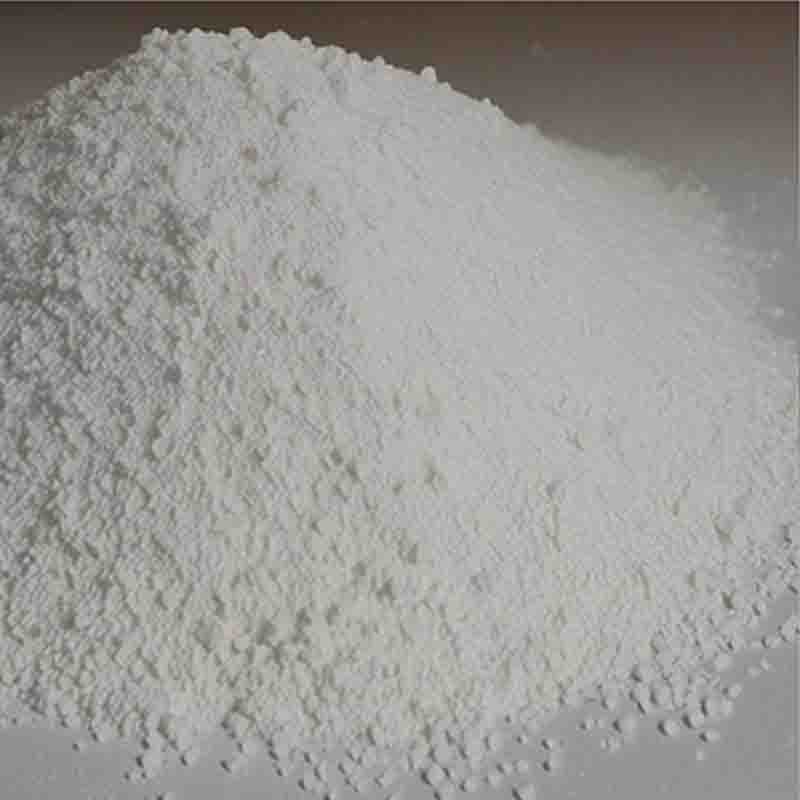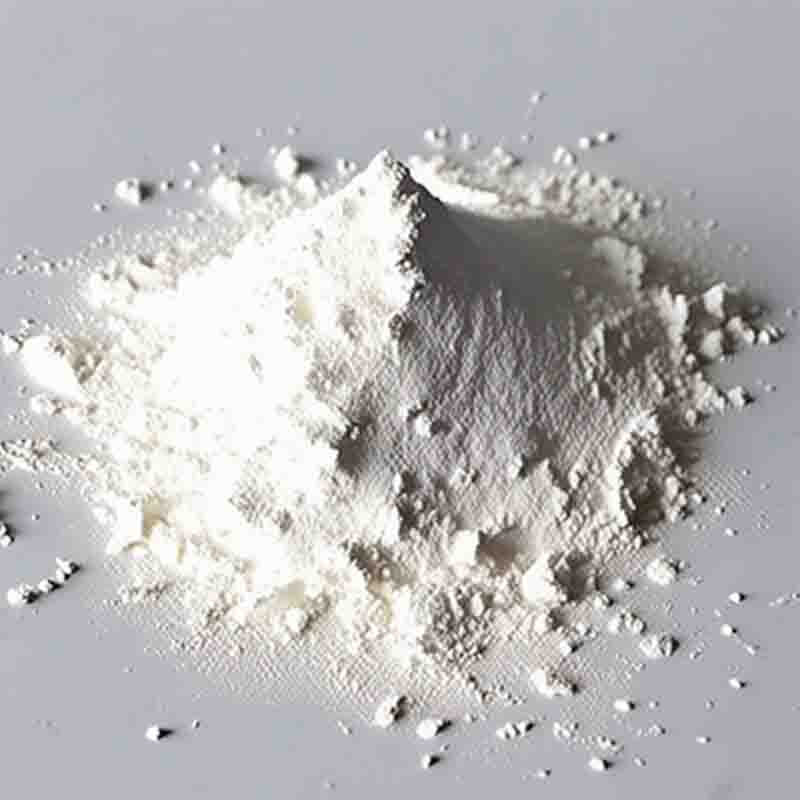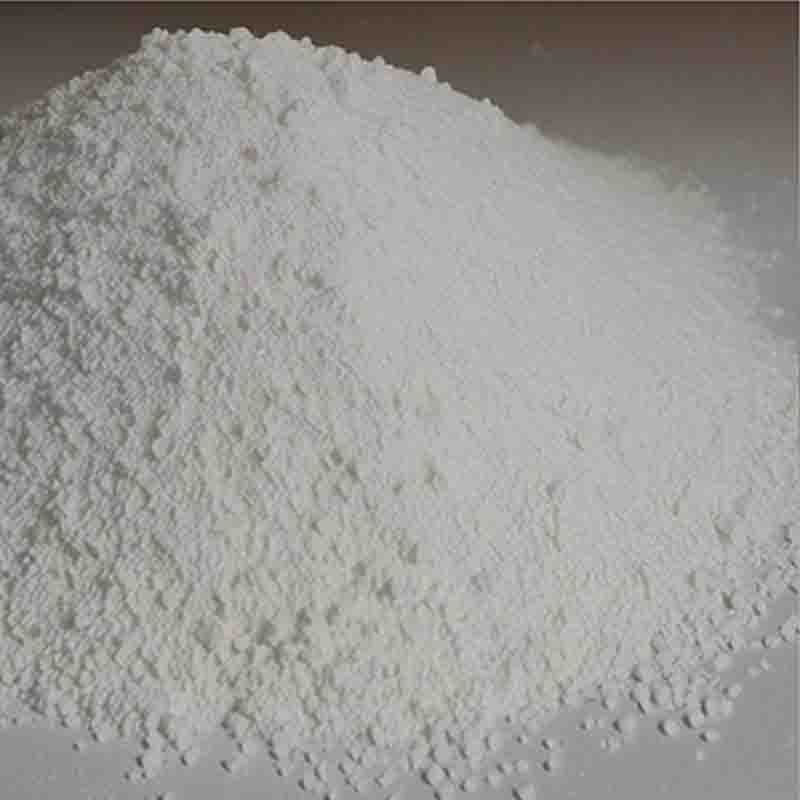2-(4-Bromomethyl)phenylpropionicacid CAS:111128-12-2
| Catalog Number | XD95380 |
| Product Name | 2-(4-Bromomethyl)phenylpropionicacid |
| CAS | 111128-12-2 |
| Molecular Formula | C10H11BrO2 |
| Molecular Weight | 243.1 |
| Storage Details | Ambient |
Product Specification
| Appearance | White powder |
| Assay | 99% min |
2-(4-Bromomethyl)phenylpropionic acid, also known as bromfenac, is a nonsteroidal anti-inflammatory drug (NSAID) that is commonly used for its analgesic and anti-inflammatory effects. In this 300-word essay, we will explore the known effects and properties of bromfenac.One primary effect of bromfenac is its ability to reduce inflammation and pain. Like other NSAIDs, bromfenac works by inhibiting the enzyme cyclooxygenase (COX), which is responsible for the synthesis of prostaglandins - chemicals that contribute to pain and inflammation. By inhibiting COX, bromfenac reduces the production of prostaglandins, thereby alleviating pain associated with conditions such as arthritis, osteoarthritis, and postoperative ocular inflammation.Bromfenac is specifically used as an ophthalmic solution to treat ocular inflammation following cataract surgery. Its anti-inflammatory properties help to reduce postoperative ocular pain, discomfort, and swelling. It is important to note that bromfenac should only be used as directed by a healthcare provider and should not be used for other types of eye conditions without proper guidance.Furthermore, bromfenac has been shown to have a relatively favorable safety profile compared to other NSAIDs. Studies have indicated that bromfenac has a lower potential for causing adverse gastrointestinal effects, such as gastric ulcers, compared to other NSAIDs like ibuprofen. This makes bromfenac a suitable option for individuals who may be more prone to gastrointestinal complications or have a history of such issues.Additionally, bromfenac has shown potential in the treatment of pain associated with osteoarthritis. Clinical trials have demonstrated its effectiveness in reducing pain, improving joint function, and decreasing joint stiffness in patients with osteoarthritis.In conclusion, bromfenac is a nonsteroidal anti-inflammatory drug with analgesic and anti-inflammatory effects. Its ability to inhibit the production of prostaglandins through COX inhibition makes it effective in reducing pain and inflammation associated with various conditions, particularly postoperative ocular inflammation. Furthermore, its relatively favorable safety profile compared to other NSAIDs makes it a suitable choice for individuals who may be more sensitive to gastrointestinal adverse effects. It is important to note that bromfenac should only be used under the guidance of a healthcare professional, as they can provide appropriate dosing instructions and monitor for any potential side effects.


